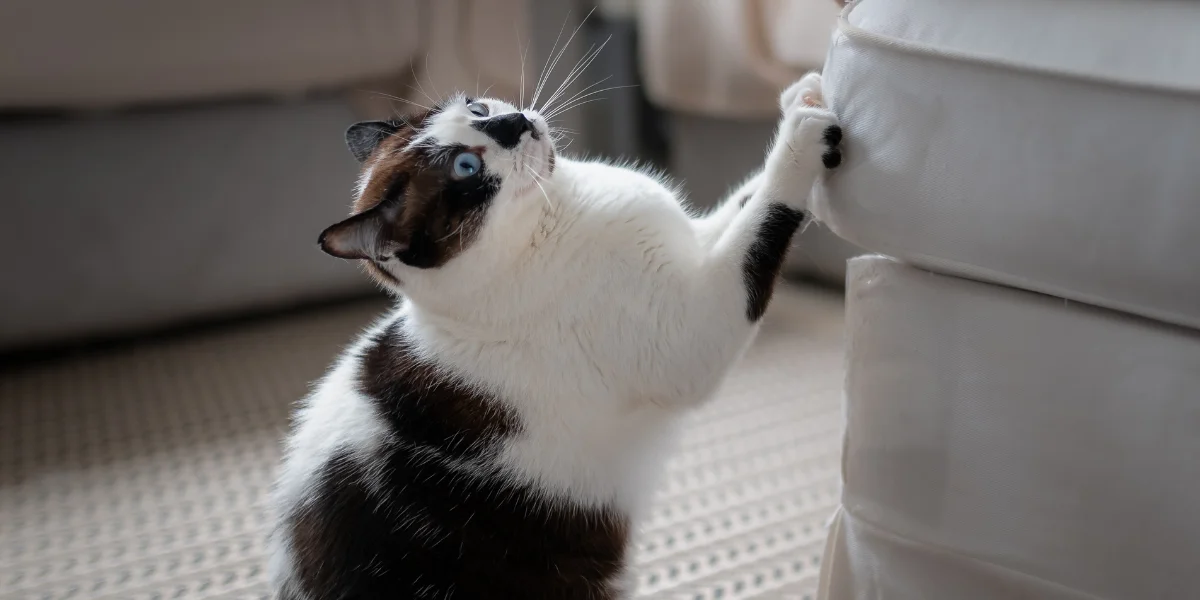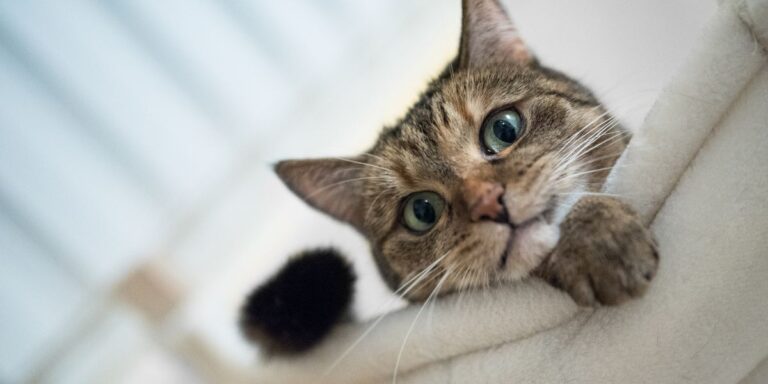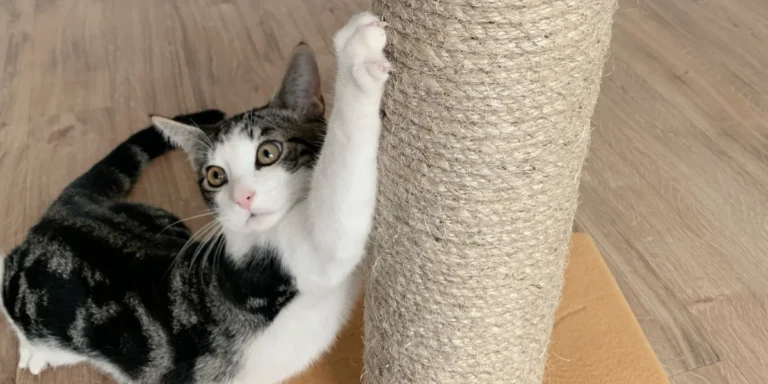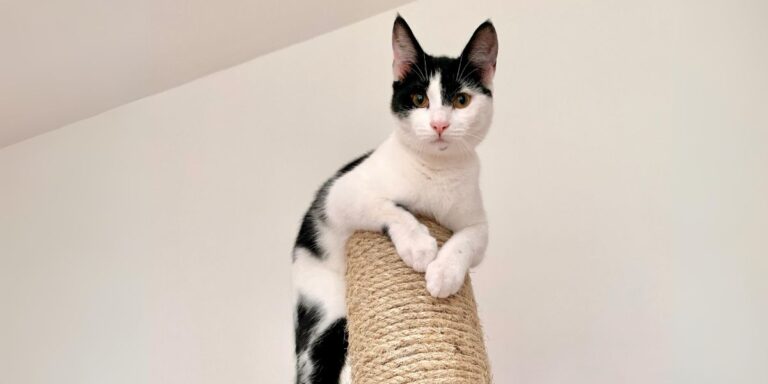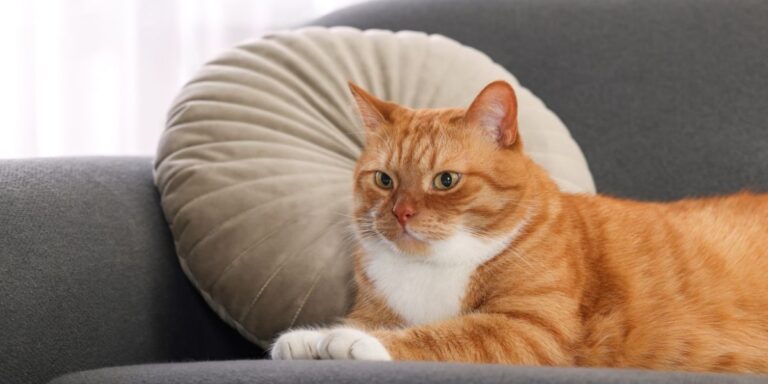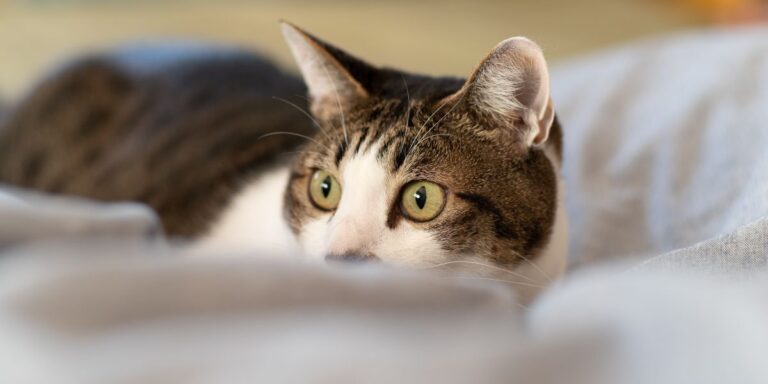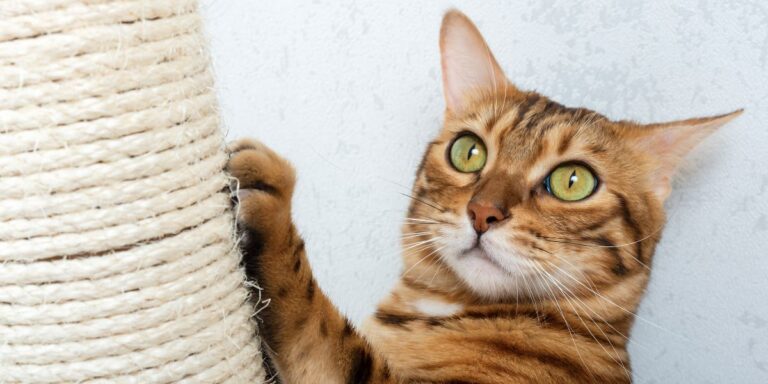Why anxious cats scratch furniture
Cats, known for their enigmatic behaviour, often leave their owners perplexed with their scratching habits. While scratching is a natural behaviour for cats, it can become exacerbated in instances of anxiety. We delve into the intricacies of feline behaviour to understand why anxious cats resort to scratching furniture, shedding light on the underlying reasons and offering insights into effective management strategies.
Understanding feline behaviour
Before delving into the specifics of anxious scratching, it’s crucial to grasp the fundamentals of feline behaviour. Cats scratch for various reasons, including marking territory, maintaining claw health, stretching muscles, and expressing emotions. However, when anxiety enters the picture, this behaviour can escalate, manifesting in destructive scratching behaviours aimed at furniture and other household items.
Identifying anxiety in cats
Anxiety in cats can stem from various sources, including changes in their environment, social stressors, medical issues, or past traumatic experiences. Common signs of anxiety in cats include excessive grooming, hiding, aggression, urinating outside the litter box, and, pertinent to our discussion, increased scratching behaviour.
The link between anxiety and scratching
Anxious cats may resort to scratching furniture as a coping mechanism or a means of communication. When feeling stressed or threatened, cats may seek to assert control over their environment by marking it with their scent through scratching. Additionally, the physical act of scratching can provide cats with a sense of comfort and security, akin to self-soothing behaviours observed in humans.
Environmental triggers
Understanding the environmental triggers that contribute to feline anxiety is essential for addressing the root cause of scratching behaviour. Changes in routine, introduction of new pets, loud noises, lack of stimulation, or even the absence of a familiar caregiver can all provoke anxiety in cats, prompting them to seek solace in destructive scratching.
Impact of scratching on human-animal bond
While scratching behaviour can be frustrating for cat owners, it’s crucial to approach it with empathy and understanding. Punitive measures such as yelling or punishment are ineffective and can further exacerbate feline anxiety. Instead, fostering a supportive environment and addressing the underlying causes of anxiety are key to managing scratching behaviour while preserving the bond between cats and their owners.
Effective management strategies
Managing scratching behaviour in anxious cats requires a multi-faceted approach that addresses both the behavioural and environmental aspects of feline anxiety. Providing cats with appropriate outlets for scratching, such as scratching posts or scratching boards, can redirect their behaviour away from furniture. Additionally, enriching the environment with toys, perches, and hiding spots can help alleviate boredom and reduce stress.
Behavioral modification techniques, including positive reinforcement training and desensitisation, can also be employed to modify scratching behaviour and build cats’ confidence in their surroundings. In severe cases, consultation with a veterinarian or animal behaviourist may be necessary to develop a tailored treatment plan, which may include pharmacological intervention or behaviour therapy.
Conclusion
Anxiety-induced scratching behaviour in cats is a complex issue with multifaceted causes and implications. By understanding the underlying motivations behind this behaviour and implementing effective management strategies, cat owners can alleviate their feline companions’ distress while preserving their household furnishings. Through patience, empathy, and a proactive approach, the bond between anxious cats and their owners can be strengthened, enriching both their lives in the process.
